Blue Wedding Flowers
This post may contain affiliate links. If you use these links to buy something we may earn a commission. Thanks for supporting this blog.
The saying goes “something borrowed, something blue”, so why not use blue flowers for your something blue? Typically of lighter hues, naturally blue flowers can range from silver to baby blue, and lend themselves easily to almost any style of wedding. Flowers can be found in shades such as royal blue, navy, cornflower, sky blue, sapphire, teal and tiffany blue.
As the adage indicates, the color blue has a long history of being associated with weddings. Flowers come in some very interesting shades of blue, either naturally occurring or using dye or spray techniques. Here is a list of blue flowers great for use in wedding florals.
Statement flowers are usually large blooms that are round in shape. They tend to really steal the show within the floral design. If you want to make blue your dominant wedding color, using blue statement flowers is a great way to make an impact. The following are some blue statement flowers available….
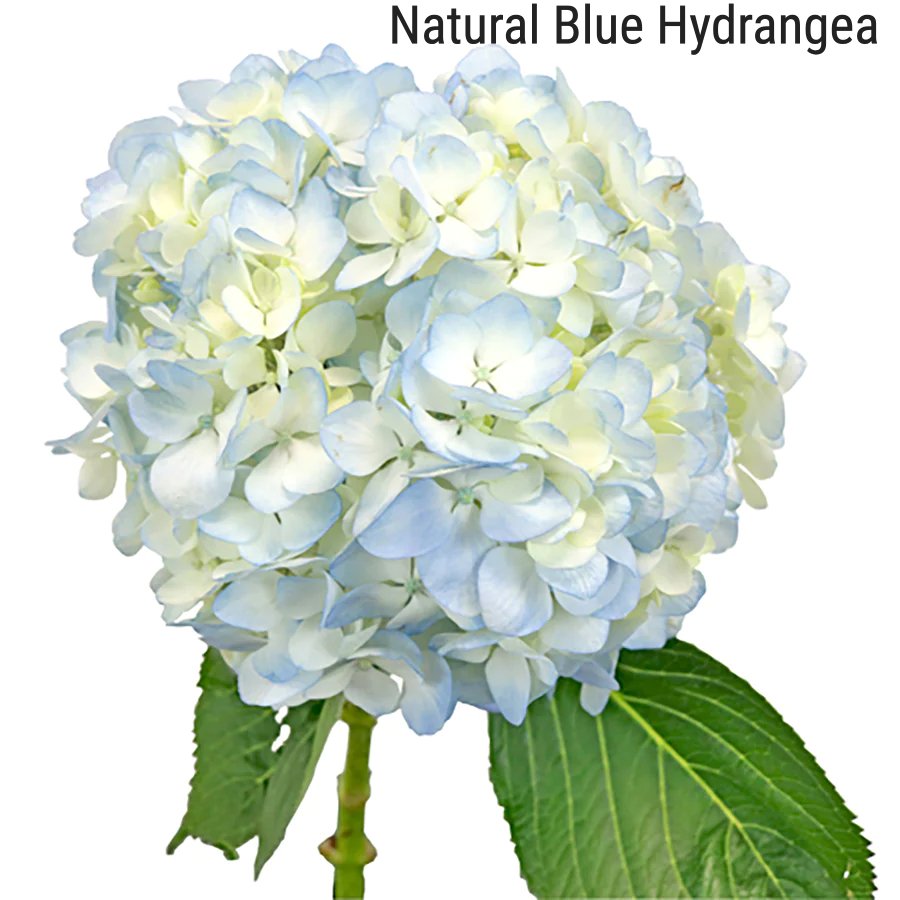

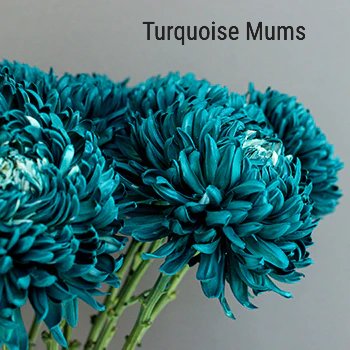
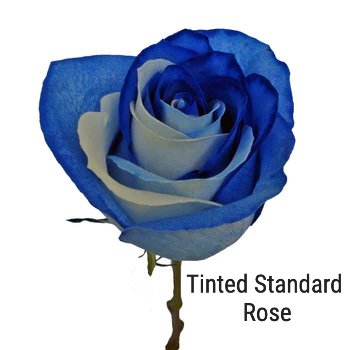

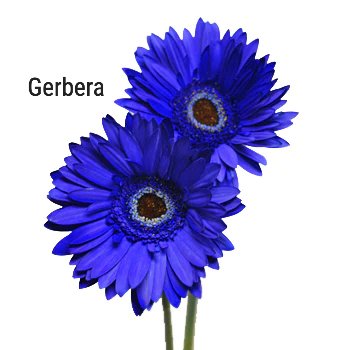

Secondary flowers are similar in shape as statement flowers except smaller in size and sometimes in price. The role of secondary flowers in an arrangement is to provide contrast, movement or balance to the floral design. Blue secondary flowers include…
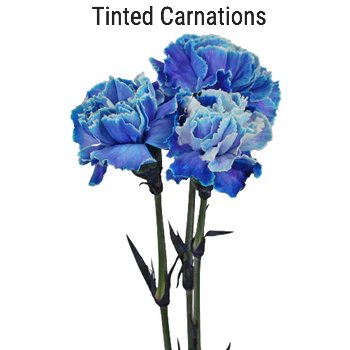
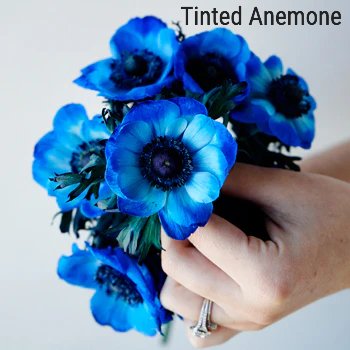

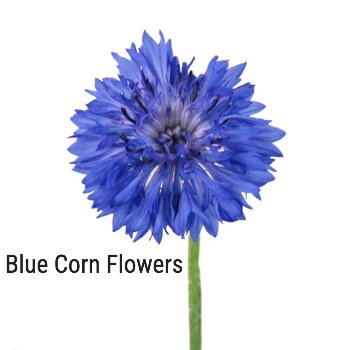
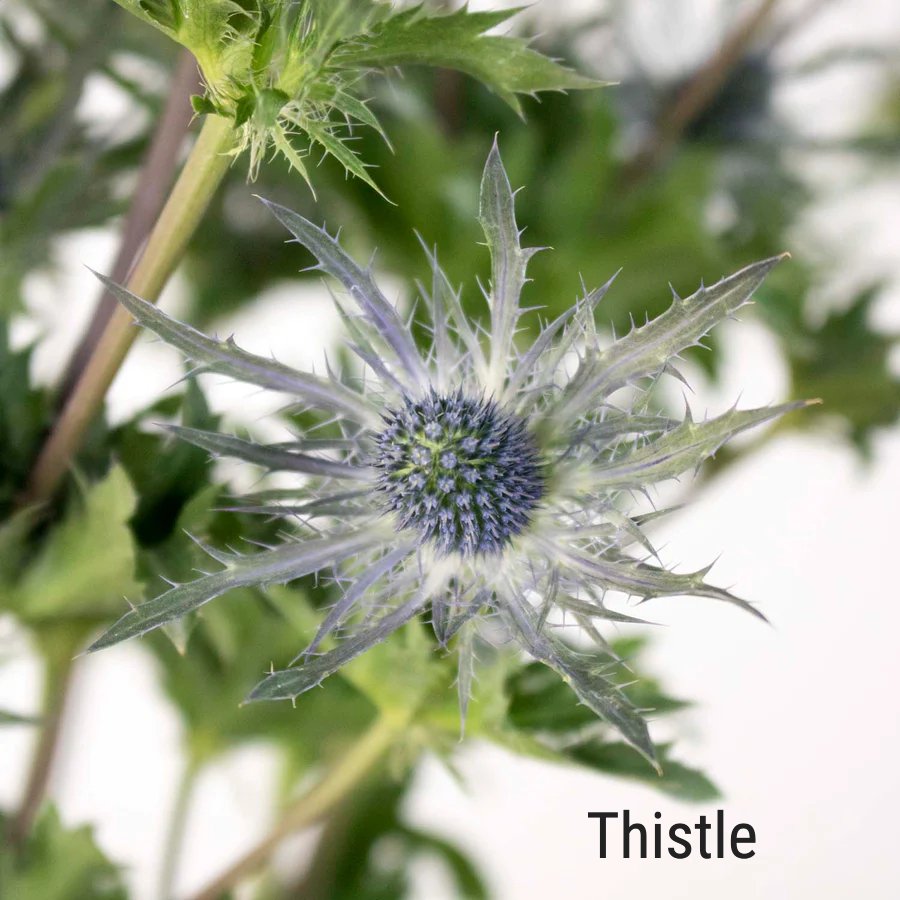
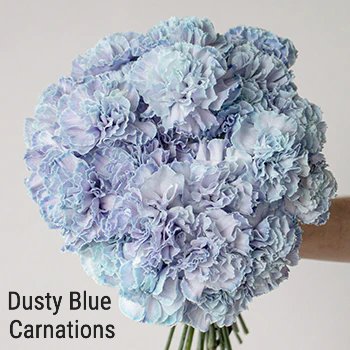
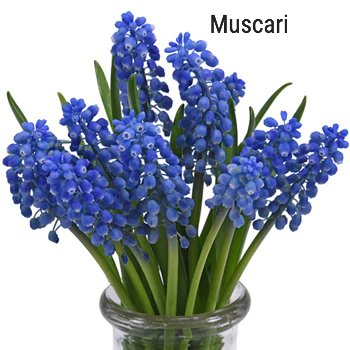
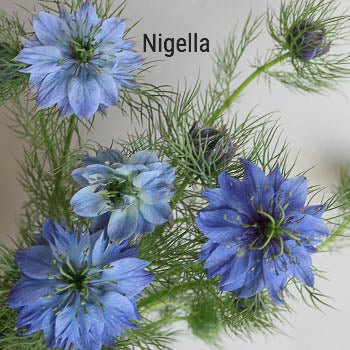
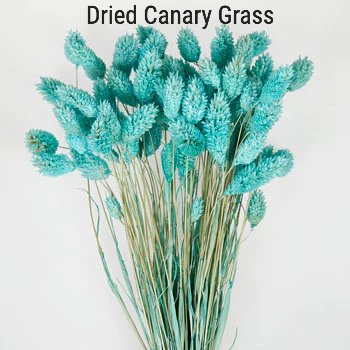
Filler flowers are often the textural element in a floral design. These blooms are typically a spray shape, and range in size from small to tiny. Popular blue filler flowers include….
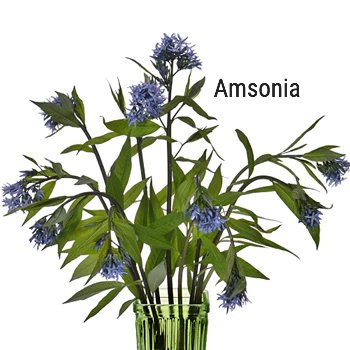
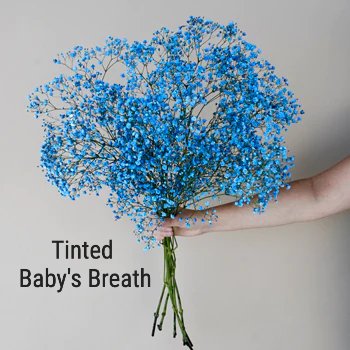
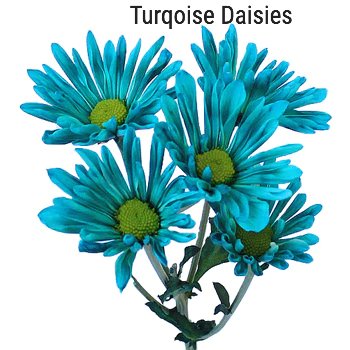
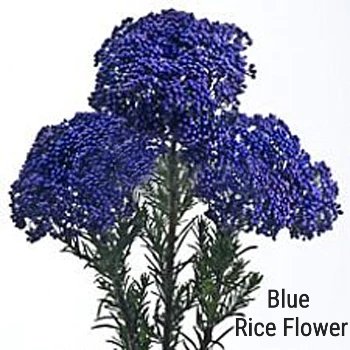
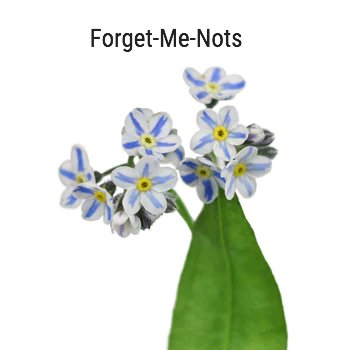
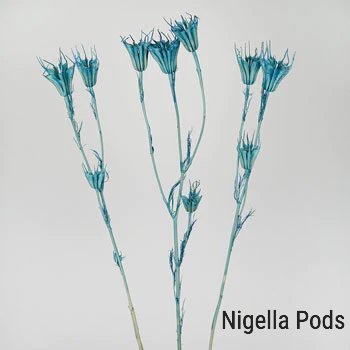

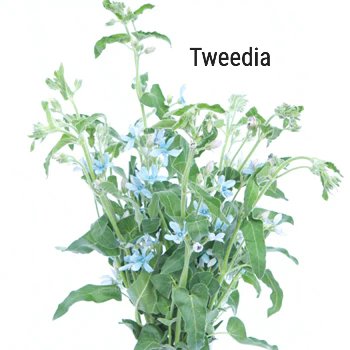
Height flowers are not needed in every type of arrangement, depending on the type of style of the design. Height flowers have longer stems, and are either a spike shape or branching. They are great for adding height and drama to arrangements that are larger in scale, or for carrying color out tot he edges of the arrangement. Popular blue height flowers include….
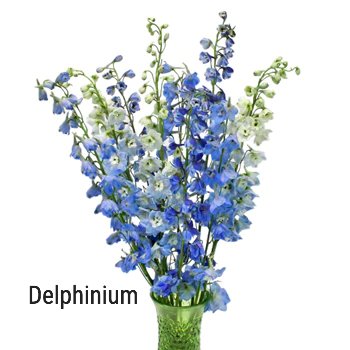
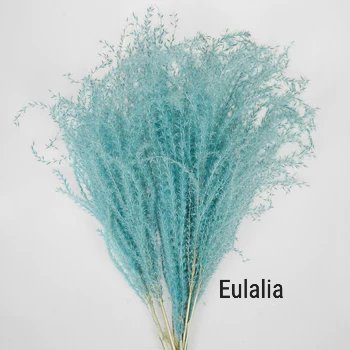
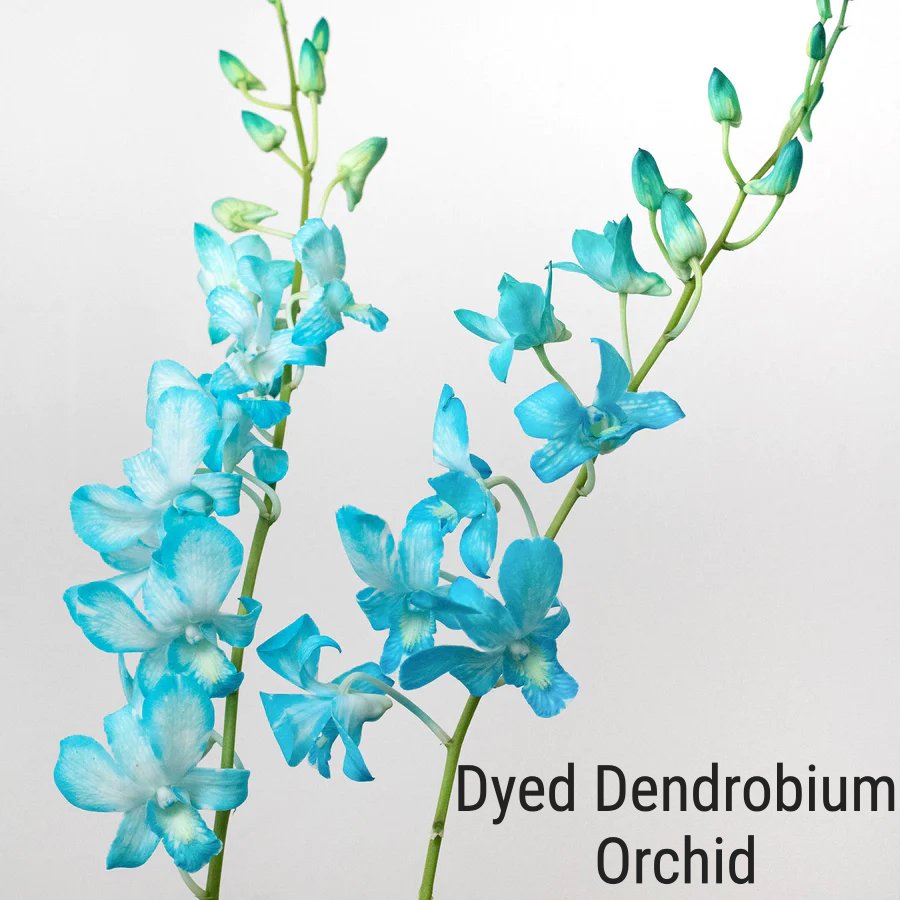
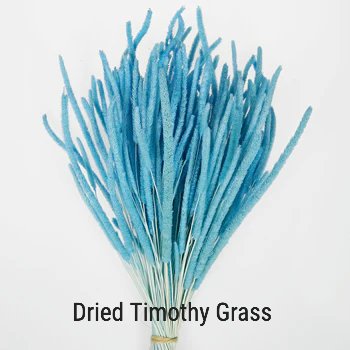
As mentioned, the color blue is traditionally strongly associate with weddings, but one challenge to choosing blue wedding flowers is that there really aren’t that many naturally occurring blue flowers to choose from. Also, there is a limit to the range of blue colors, although dyes or sprays colors are sometimes used to create different shades.
Furthermore, many of the blue flowers that are available naturally tend towards either a lilac hue or a green hue, not a true blue color. If you really want to incorporate a difficult (or unusual) shade of blue, such as royal blue, into your wedding flowers, it may be simpler to use other elements such as ribbon, table linens or even the arrangement container in the exact shade you desire.
Nonetheless, blue pairs very well with many other colors, whether subtle or bold shades. A monochromatic palette included only one color, or hue. The palette may only incorporate one shade or that color or several light and dark shades of the color.
An analogous palette includes hues adjacent to each other on the color wheel. Colors analogous to blue are green and purple.
A complimentary color palette includes colors opposite each other on the color wheel for a bolder look. Blue and orange are complimentary colors to each other. Some more nuanced color palettes that include blue can be achieved by using secondary or tertiary complimentary colors.
If you have clicked on any of the links in this article so far, you were take to the website FiftyFlowers.com. I have used this bulk flower company for many years now and consider it the best flower market for DIY couples. They consistently offer the most affordable prices for flowers (available to those without a business license or wholesale account). I also regularly use their website for initial design planning and pricing research. To top it all off, they ship the flowers directly to your door!
If you are researching blue wedding flower options, you can search the “wedding color” tab as a great starting place, even if you plan to use a florist. But if you want to DIY the flowers for your wedding or other event, I can’t recommend them enough.
However, if sustainability and decreasing your carbon footprint is a priority of yours, please realize that Fifty Flowers (and most other online flower retailers I’ve seen) use large scale flowers farms in distant countries, such as Ecuador.
Using local, or at least American Grown flowers is a way to lower your carbon footprint, support American Farmers and source some truly special seasonal blooms for your floral designs. If this is important to you, I recommend researching local farms in your area on the Slow flowers Directory. American Flower Farming and floristry as a whole has been experiencing a resurgence in recent years similar to the farm-to-table efforts in the food and restaurant industries. The Slow Flower Directory allows you to search for farmers in your area and provides websites and/or contact information for member businesses with compatible values.


